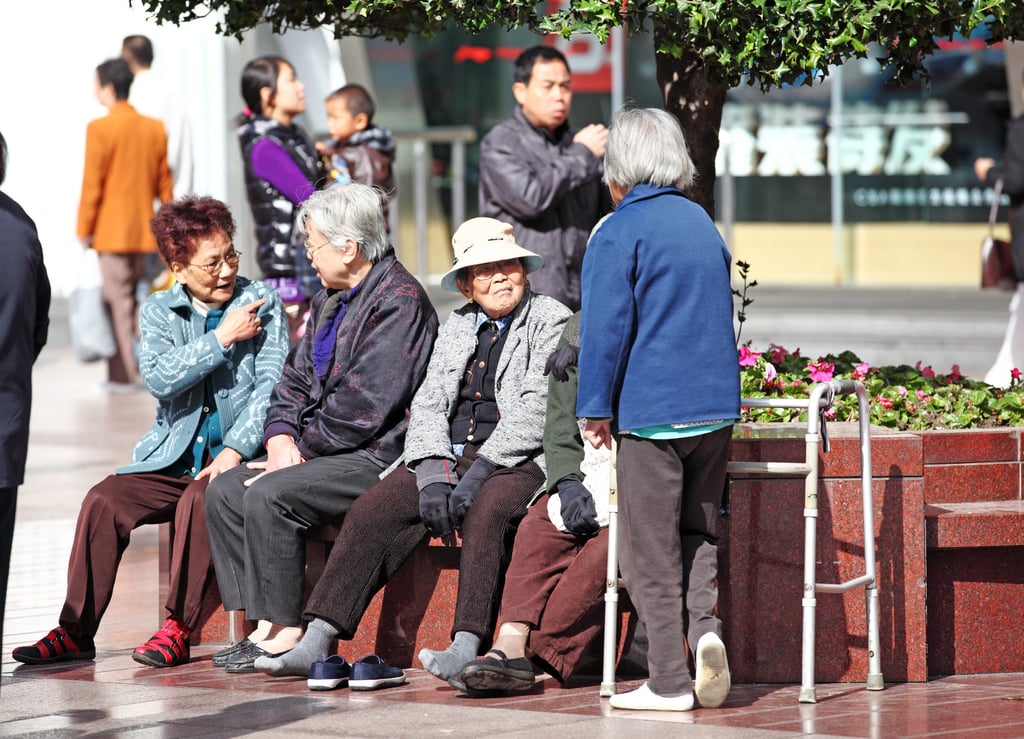My Take | Why China’s new economic blueprint needs to address the country’s demographic challenges
- The country has found out the hard way that the real problem was not runaway population growth, but an uncontrollable decline

The last major meeting to discuss China’s long-term economic planning, namely the third plenum of the 18th Central Committee of the Chinese Communist Party held in November 2013, is remembered not only for its pro-market reform blueprint, but also as a turning point in China’s population policy.
In the policy blueprint from that meeting, leaders decided to call an end to the country’s one-child policy. It was decided that a couple could have a second child provided either parent was an only child. This was a limited relaxation, but it marked a watershed moment in China’s population policy as draconian birth controls had finally come to an end.
This was followed by other two steps – a “full” two-child policy in 2015 and a “three-child policy” in 2021. China’s family planning law stipulates that couples can have three kids. But in reality, Chinese couples are encouraged to disregard the birth limit and can have as many children as they want. An administrative system designed to punish “unplanned” births has been totally abolished.
The government will no longer levy hefty fines on those who refuse to control the number of kids. Chinese film director Zhang Yimou’s US$1 million fine in 2013 for violating birth policy was the last well-known example. Sterilisation is not banned but requires medical proof that it is a necessary procedure.

But the measures failed to lift China’s birth rate. In 2014, the country had 16.87 million births. In 2023, that number dropped to 9.02 million, and the number could be similar, if not lower, this year given the country’s weak economic situation. There’s a growing recognition in China that it is facing a “grey rhino” problem when it comes to population, with a shrinking labour force, plummeting births and rapidly ageing population. The economic implications from these changes will be massive.
